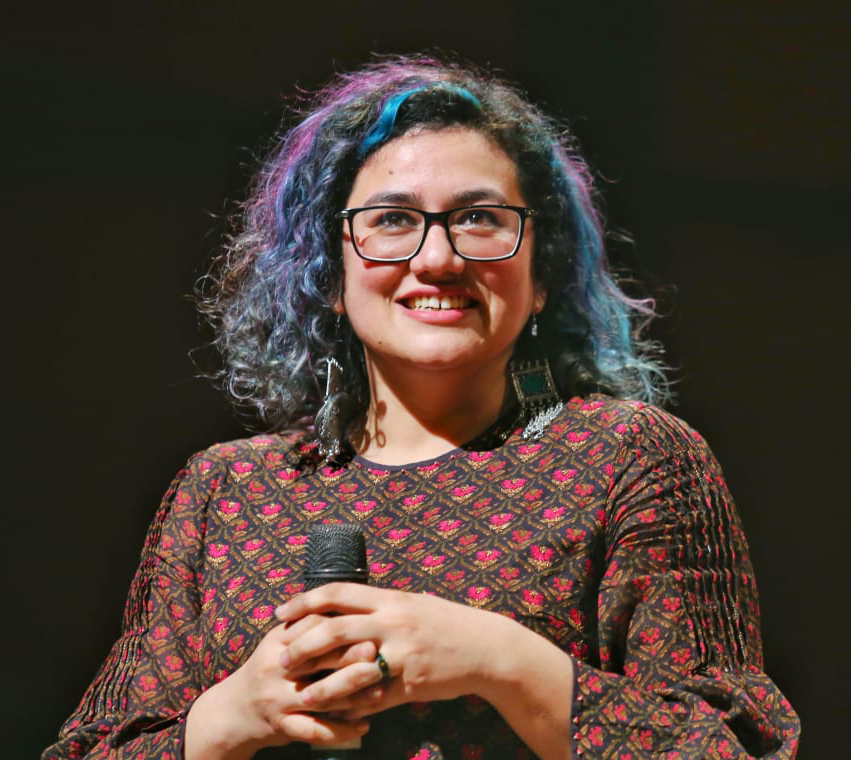
Nostalgia marketing is one of the most powerful strategies brands can use today. It taps into emotions, evokes fond memories and creates an instant connection with the audience. While nostalgia marketing has traditionally been seen as something that works well with millennials and older generations, there’s an interesting shift happening—Gen Z is embracing nostalgia, too.
Now, why is that? You’d assume that nostalgia marketing works best for people who have lived through a certain era, but Gen Z—born between the late 1990s and early 2010s—has a unique relationship with the past. Unlike millennials who transitioned from a world without the internet to one dominated by it, Gen Z has been raised in a digital-first world. Yet, they find themselves drawn to things from the past, from Y2K fashion trends to old-school music, retro-style advertisements and even brands reviving discontinued products.
Let’s understand why nostalgia marketing works even for Genz’s
Table of contents
- Genz’s Technological Journey
- Why Nostalgia Appeals to Gen Z
- Which Brand is Doing Nostalgia Marketing Successfully?
- Why Nostalgia Marketing Works
- Conclusion
- Frequently Asked Questions
Genz’s Technological Journey
To understand why nostalgia marketing resonates with them, we need to look at their unique technological evolution.
Gen Z grew up in a time of massive digital transformation. When they were kids, basic mobile phones like Nokia and BlackBerry were common and social media platforms were just beginning to take off. However, as they entered their teenage years, smartphones, social media and the internet became a huge part of life. They saw a shift from basic mobile phones to touchscreen smartphones running on Android and iOS.
They also witnessed the internet evolve from slow dial-up connections to lightning-fast broadband. Online gaming became mainstream and platforms like Orkut, Facebook and YouTube paved the way for Instagram, Snapchat and TikTok.
Because they have experienced both the simplicity of early tech and the overwhelming speed of today’s digital world, many Gen Z individuals long for aspects of the past, this makes nostalgia marketing incredibly effective for them.
Why Nostalgia Appeals to Gen Z
So, what makes Gen Z—who are constantly exposed to the latest trends—fall in love with things from the past? It’s all about comfort, curiosity and community.
1. Longing for Simpler Times
The digital world can feel overwhelming. There’s constant pressure to be online, keep up with trends and engage on multiple platforms. Everything is fast, fleeting and sometimes exhausting. Nostalgia gives them a chance to escape to something that feels simpler.
For example, many Gen Z individuals love old cartoons like Tom & Jerry, Powerpuff Girls or Shinchan—shows they grew up watching. When brands bring back elements of these childhood favourites, it creates an emotional connection.
2. Curiosity About the Past
Another big reason why nostalgia works? Gen Z is clings about the past.
They might not have been old enough to fully experience the early 2000s, but they grew up watching their older siblings or parents enjoy things like MP3 players, old Bollywood movies, flip phones and vintage-style fashion. This curiosity fuels a trend of rediscovering the past.
For example, in India, there has been a sudden rise in Y2K fashion—baggy jeans, butterfly clips and chunky sneakers—all inspired by the late 90s and early 2000s. Brands that lean into these styles and reference the past see high engagement from Gen Z.
3. Building Connections Through Nostalgia
Nostalgia also acts as a bonding tool. When Gen Z shares memes about old-school television ads, 90s Bollywood or classic Cadbury Dairy Milk ads, they create a shared experience with their peers. Brands that participate in this become part of a larger community conversation.
Which Brand is Doing Nostalgia Marketing Successfully?
The most recent example of a brand using nostalgia marketing is Paperboat. Their entire brand is built around the idea of reliving childhood memories. They bring back traditional Indian drinks like Aam Panna, Jaljeera and Chilli Guava—flavours that remind people of homemade summer drinks.
Their storytelling is also nostalgic and emotional. Their ads often feature school memories, rainy days and family gatherings—things that instantly bring back warm memories.
View this post on Instagram
Other than Paper Boat, brands like Goibibo and Mia by Tanishq have also used Nostalgia marketing by bringing back Geet (from Jab We Met) and Zeenat Aman respectively.
Why Nostalgia Marketing Works
Brands use nostalgia marketing because it triggers positive emotions, creates trust and makes them stand out.
1. Emotional Connection
One of the biggest reasons nostalgia marketing works is its ability to evoke strong emotions. Studies show that nostalgia can increase happiness, reduce stress and even boost feelings of self-worth.
For Gen Z, who are growing up in an era of fast-changing trends, overwhelming social media and constant digital noise, nostalgia acts as a comfort zone. When a brand brings back something from their childhood or references a past era they admire, it creates a sense of familiarity, safety and joy.
Think about how Gen Z reacted when brands brought back old-school TV ads, classic Bollywood music or vintage product packaging. These things remind them of times when life felt simpler—before adulthood, responsibilities and never-ending notifications.
2. Authenticity
Gen Z has a built-in “fake detector.” They can spot inauthentic marketing from a mile away. Brands that try too hard to appear trendy often come across as forced and Gen Z disengages.
But nostalgia? It signals authenticity.
When a brand talks about its roots, revives old products or stays true to its original values, it comes across as genuine and trustworthy.
3. Standing Out in a Crowded Market
The digital world is oversaturated with ads. Every brand is fighting for attention and Gen Z is constantly bombarded with content on Instagram and YouTube. It’s becoming harder than ever for brands to make a lasting impression.
That’s where nostalgia comes in.
Unlike modern ads that often blend into each other, nostalgia-based campaigns cut through the noise because they feel different. They bring back memories, spark conversations and engage audiences in a way that modern ads struggle to.
Take, for example, how Bollywood nostalgia is used in advertising. When brands reference old songs, dialogues or classic movie moments, they tap into a shared cultural memory that feels refreshing in today’s sea of digital sameness.
View this post on Instagram
Conclusion
Nostalgia marketing is about creating a connection between old and new. It works for Gen Z because it offers comfort, curiosity and a sense of belonging.
Believe it or not, this is the best time to use nostalgia marketing. Because if you look round, old Bollywood movies are released in theatres and Genzs are going into theatres to watch them. It shows that this generation is living in nostalgia and if you integrate it somehow, it is going to work.
If you don’t know how to incorporate nostalgia into your marketing, you can get it touch with a digital marketing company. In fact you can contact us at hello@florafountain.com and we will help you out.



